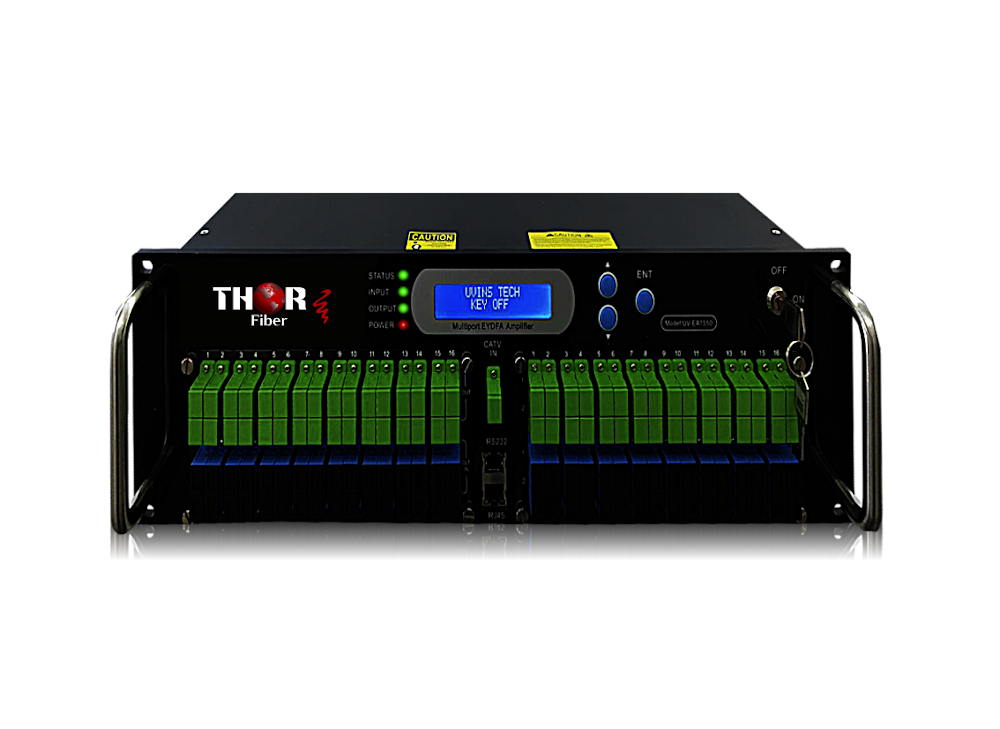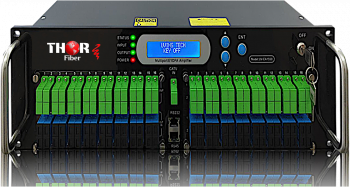
As the need for Fiber infrastructure continues to expand over the years it’s been widely known that a few things will ultimately save you time and money while addressing any new builds for infrastructure projects or future proofing your existing application. As we know fiber is used nearly everywhere to connect all the devices, data centers, and sending any sort of signal over long distances that traditional copper coax and copper cat6 can’t handle due to their inherent distance limitations. In general we have a variety of ways to send signals over single mode fiber, but some applications that can be massive point to multipoint topographies.
Single Mode vs. Multimode Fiber: Key Differences in Long-Haul Applications
Any sort of long haul fiber application will always require single mode fiber, generally speaking multimode is really only prevalent in data centers for very short runs because that medium is largely unaffected by network requirements and distance. For example standard SDI over fiber products can go about 20km on single mode but only about 2k feet on multimode; same exact model and same exact laser. The only difference is the core diameter is vastly wider in multimode which creates much more noise and signal degradation. For this same reason it’s why RF CATV can only be used with single mode fiber; on multimode fiber the RF signal dissipates so quickly that it usually can’t even go a few feet.
Why RF Over Fiber Requires Single Mode Fiber and SC/APC Connectors
In RF over Fiber applications it’s important to follow industry standards, such as only install single mode fiber, and make sure you are using SC/APC connectors because that really helps limit the reflections in the fiber transmission. This is why most EDFA’s, or fiber amplifiers, have SC/APC connectors built in them because it is a better connector for that device and the signal it is amplifying. Specifically CATV over fiber is probably the most commonly used signal to use fiber amplification using EDFA’s or erbium doped fiber amplifiers. These unique devices specifically require signals to be 1550nm on single mode fiber, a higher echelon then most standard fiber transmitting devices that usually come equipped with 1310nm optics.
CATV and Fiber Amplification: Utilizing EDFA for Signal Extension
RF Fiber transmitters can be ordered in 1310nm in a variety of power output options because in order to receive the signal at a transmitter you need to make sure that the OTx can overcome the distance in the fiber and any splices in the line such as a fiber coupler or patch panel. This is why when we calculate the optical loss budget in RF over Fiber applications we do it backwards so we can identify exactly how much power we’ll need at the transmitter. Also this is why OTDR devices are important for installations. You can use smaller fiber couplers with 1310nm fiber transmitters, however very large application designs a single transmitter might not have enough power to go through several splitters. In this case we’ll need a fiber amplifier, so instead of ordering an 8mW OTx in 1310nm, we can order an 8mW OTx in 1550nm and then use a fiber amplifier after that transmitter to deploy a significantly stronger signal. An 8mW transmitter with a 1x64 coupler will not work as there is too much optical loss in that coupler of about 21db while the OTx gives us about 9dBm so you’re already in the negative 10 range. However we can use a powerful EDFA with CWDM in line as a very strong in line fiber amplifier, so all of a sudden depending on how many outputs your EDFA is you can essentially send dozens of fibers out to dozens of 1x64 splitters and still have more than enough power to reach their endpoints.
Calculating Optical Loss Budget for RF Over Fiber Applications
Furthermore 1310 models lose about .35db per km, while 1550 models lose about .25db per km, so they actually have much better characteristics as far as producing a cleaner signal that can travel further. Using one 1550nm optical transmitter and a CWDM EDFA fiber amplifier you can essentially power entire towns with FTTH designed systems. Suppose a new community is built 5 miles down the road but you want to provide the same CATV options where you already finished your FTTH design; simply take an open coax cable, use a OTx and receiver to cover the distance of 5 miles, create a new head end from that coax, duplicate the 1550 OTx with CWDM Fiber Amplifier and once again you’ll have enough power to go through countless splitters and patch panels to fire up the entire new town with FTTH. On a grand scale Fiber amplification is necessary to create expansive designs with massive optical couplers to ensure connectivity for all end users.
Powering Large-Scale Networks with 1550nm Fiber Amplification
This same topography can actually be used with any audio visual signal as well too. If you have SDI cameras, or you need XLR audio to go extensive distances; so long as you’re using the correct Fiber Amplifier and the originating Fiber transmitter regardless of signal is in the 1550nm wavelength then you have the ability to amplify that signal to go extraordinary distances over single mode fiber. However sometimes distance isn’t the important part, perhaps it’s how many splits you require. In a case where you have massive grounds, hundreds of acres where you have performers and speakers setup every 100 yards to reduce any echo or noise, those Audio over Fiber lines can be split a hundred times to ensure the same audio coming off the stage is relayed perfectly all over the campus or grounds.
Creative Solutions in Fiber Architecture: Amplifiers, Lasers, and Splitters
While fiber amplification using EDFA’s can be monumentally important in designing certain expansive systems, it’s also important to note if it is the optimal choice in such designs. There are cases to be made where 1310nm optics with long haul distances could be a less expensive option if you’re doing a point to point system. In which case you can casually browse the equipment available because there could ultimately be a scenario where using several sets in a row could be a better option overall, putting in transmitters and receivers in back to back along the same path on one fiber could ultimately be a better option. There are usually several different ways to problem solve using available equipment. Sometimes there are different ways to go about fiber architecture with high powered optical lasers you can go down a single path or with a fiber amplifier and low powered optical transmitter you can also use 1x64 splitters without needing multiple transmission units.
EDFA Fiber Amplifiers for sale from Thor Broadcast
Browse our wide selection of the best EDFA Optical Amplifer systems with free delivery:

 ES
ES






